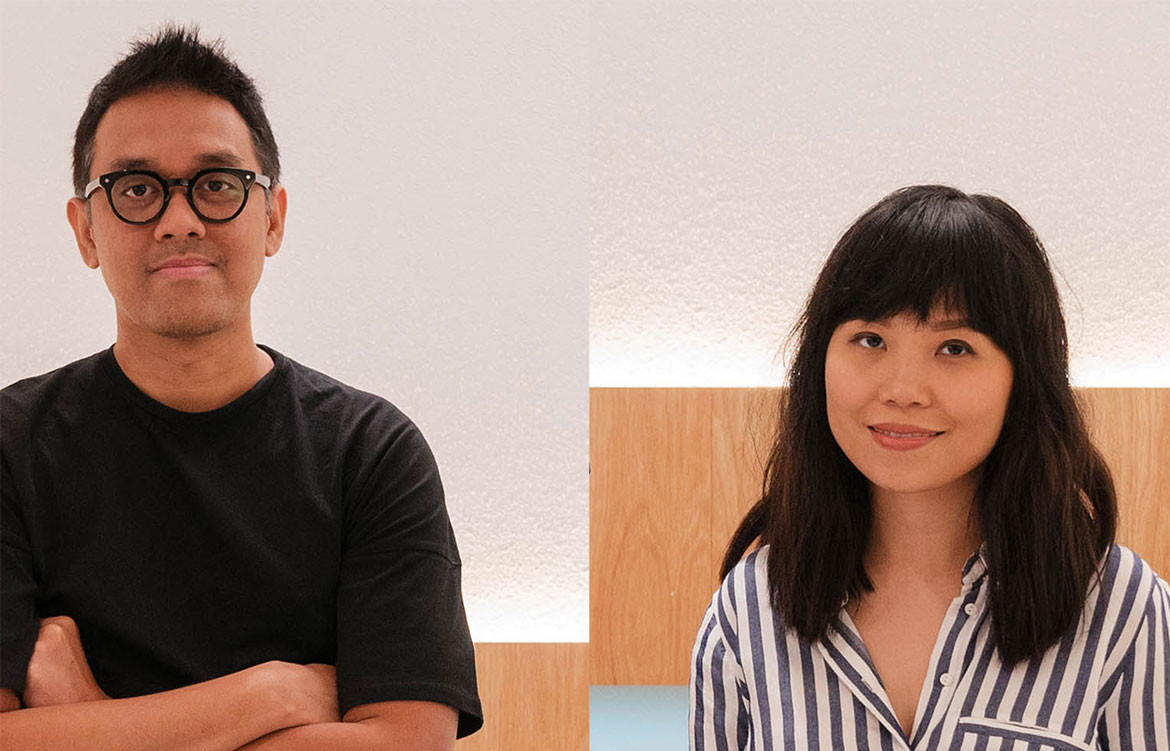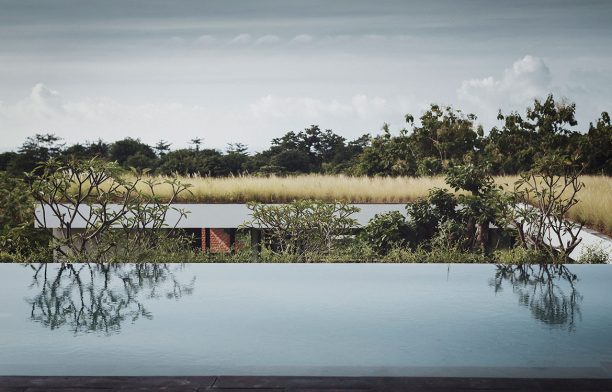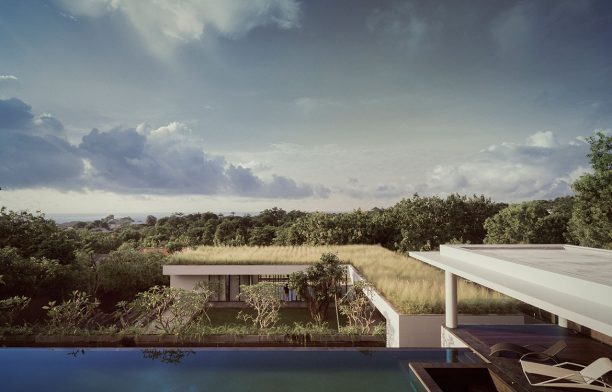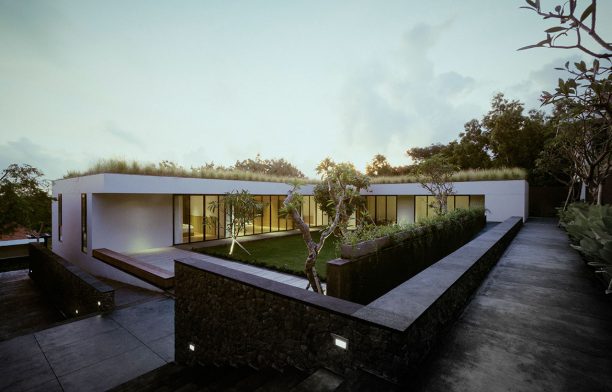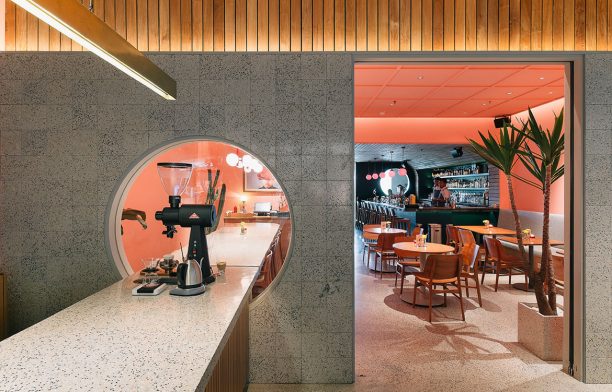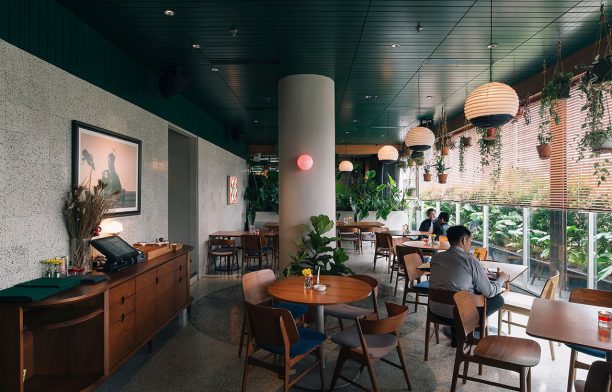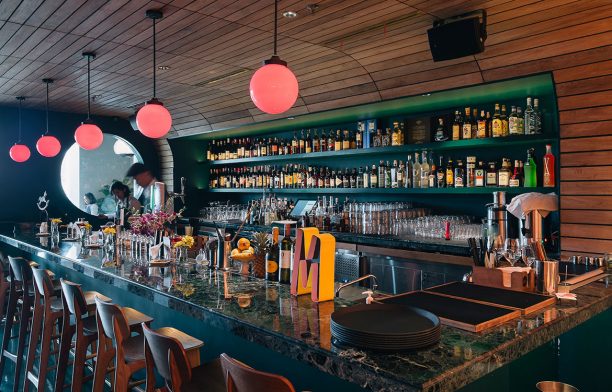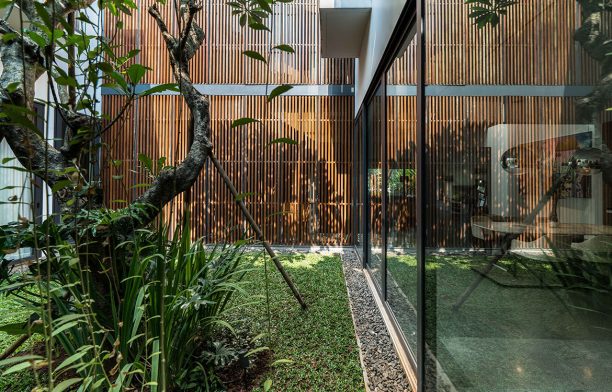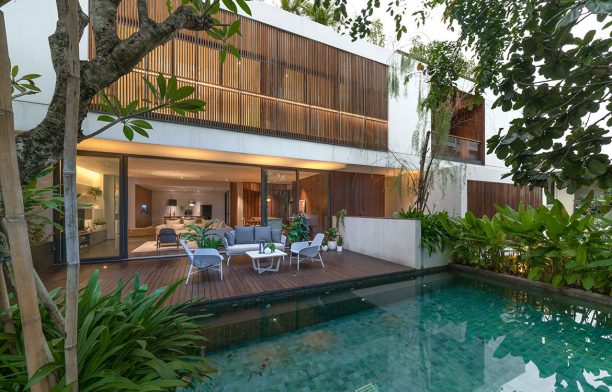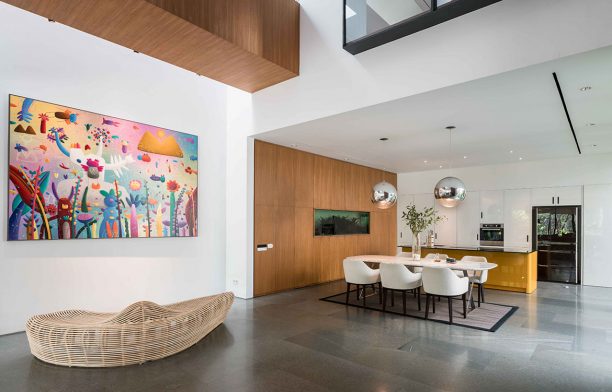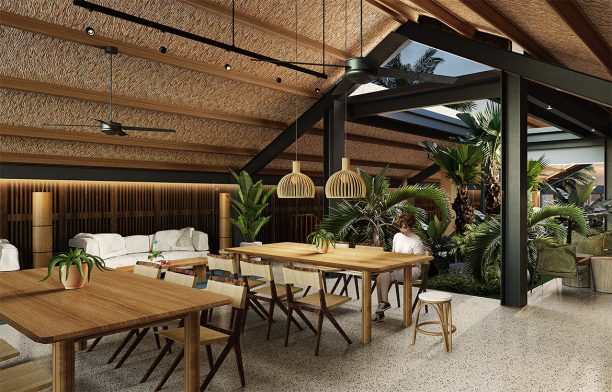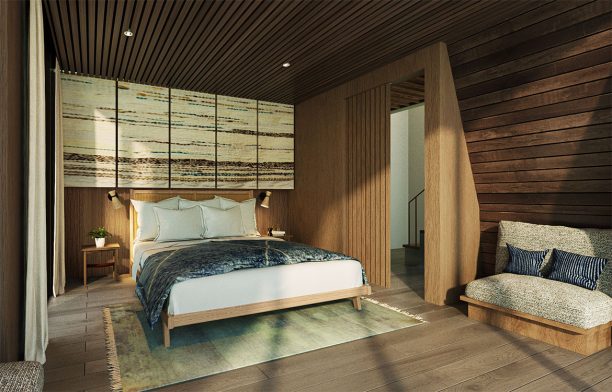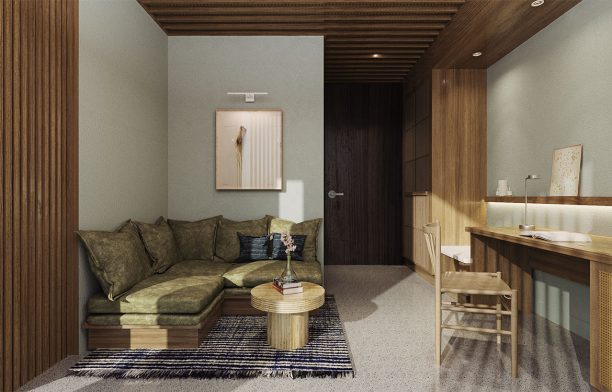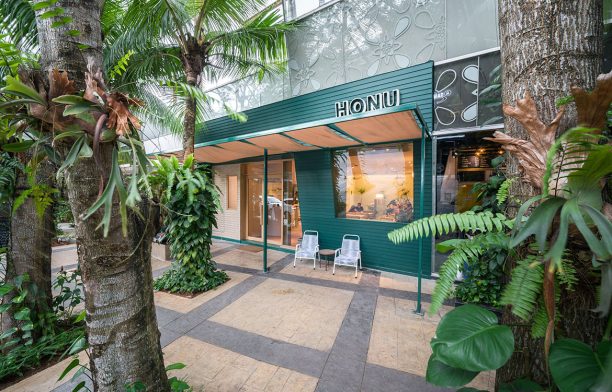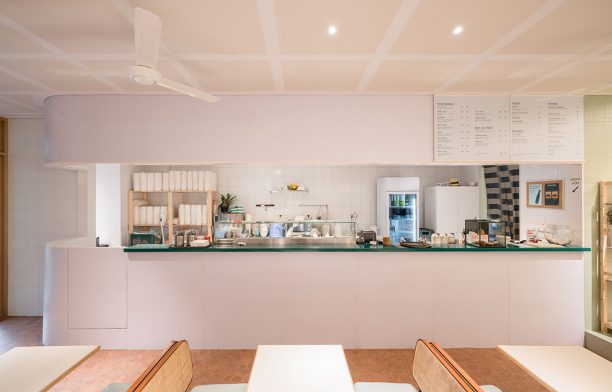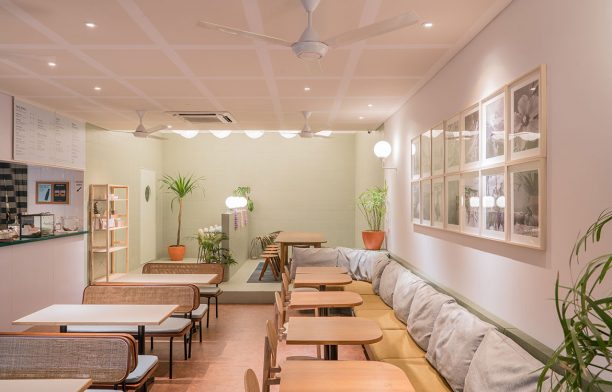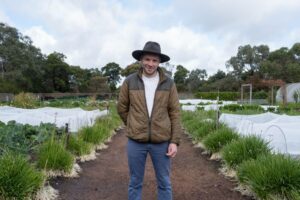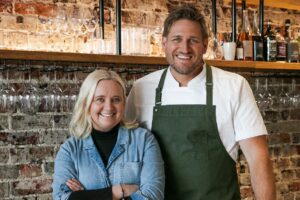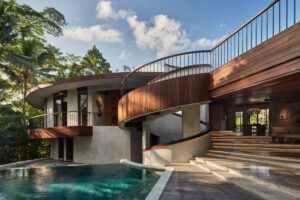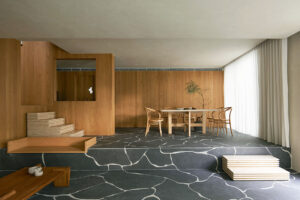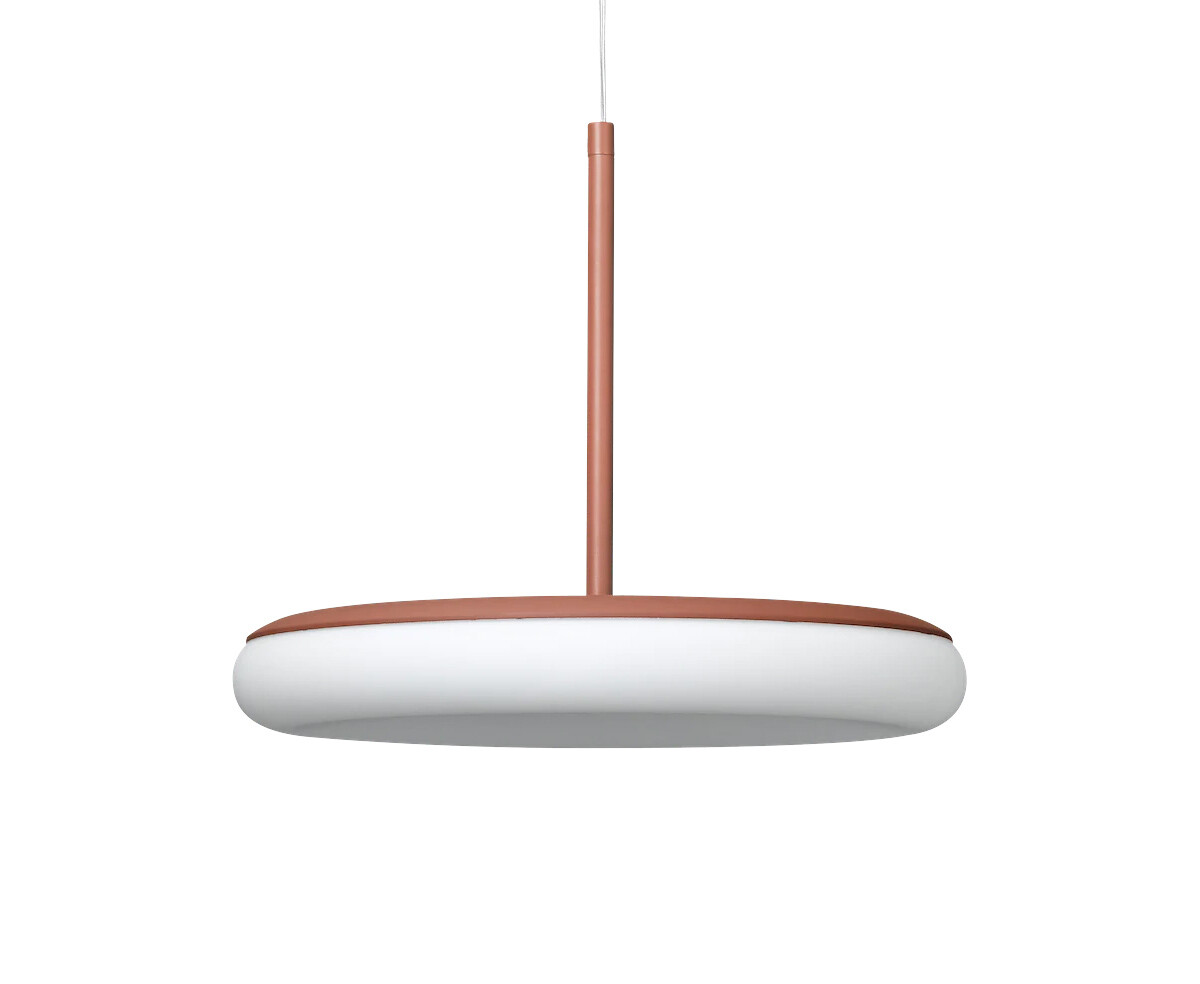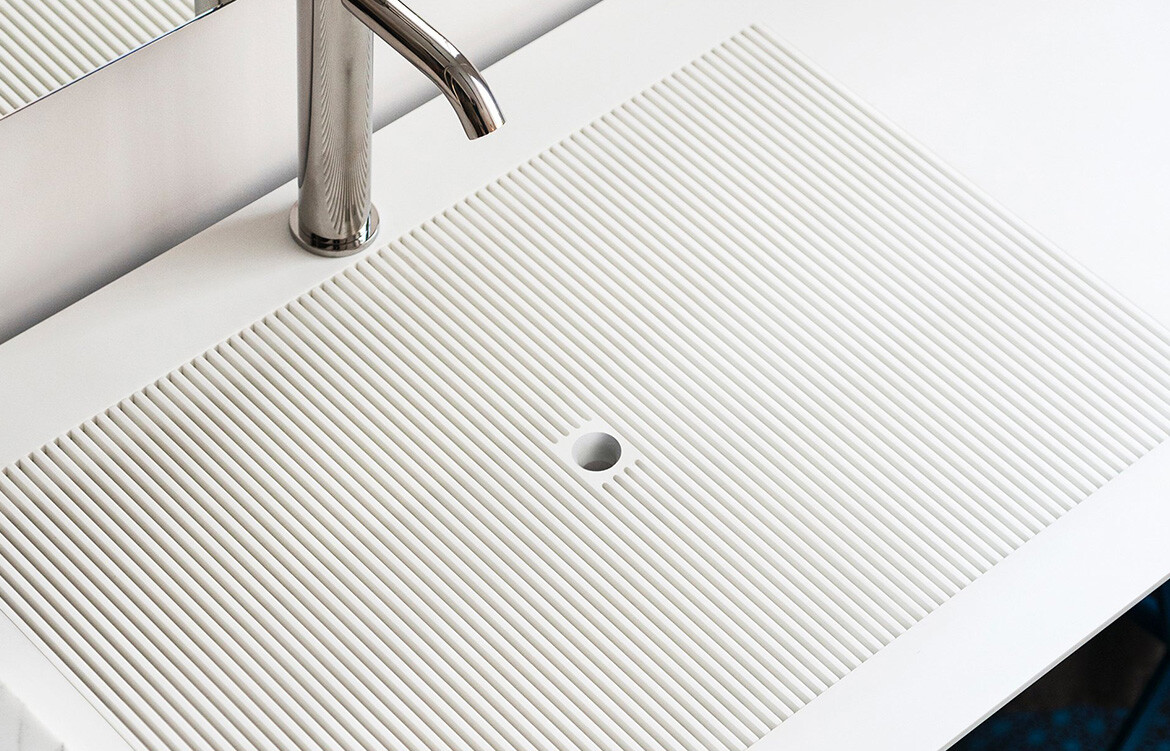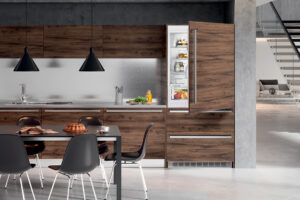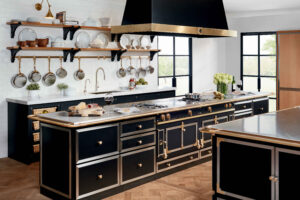Rafael Arsono and Margareta Miranti established their studio Rafael Miranti Architects (RMA) in Jakarta in 2014 after working in design-focused firms such as PT. Han Awal in Jakarta, and CSYA, Formwerkz Architects and W Architects in Singapore. With such a rigorous architecture upbringing, Rafael and Miranti have distilled their experiences in the pursuit of their own expression, combining practical problem solving and aesthetics that are rooted in context, site and program. Furthermore, all their projects are developed with a strong emphasis on material study and the exploration of local workmanship.
How would you describe your design approach?
We definitely try to avoid the trend trap where projects are created by assembling different references. It is important for us to create a space with character and that adds value not just to the client, but to the neighbourhood it is situated in. It is really the traditional approach of site visits and reviews to understand the context, distilling the brief and coming up with a well-considered approach that is unique to the project. Ultimately, design for us is about problem-solving as well, hence the emphasis on the need for the specific approaches to the different projects.
Your projects (in particular the residential ones) appear very well integrated with nature, using quite a lean material palette. Could you share a little more on this?
We like to always return to the basic principles – using various strategies to maximise cross ventilation, natural light and shelter. Most importantly, we are strong advocates of using local materials. For instance, in the Ungasan House in Bali, the material palette was minimal; there was the batu kali (river stone), terrazzo and concrete. The project was far away, so we had to be mindful of transportation, but we also wanted the landscape to take precedence.
Batu kali is a very common material that’s native to Bali, and there are many terrazzo specialists in Bali as well. We were intent on creating a local yet contemporary Balinese sense. Thus, instead of using Balinese elements or motifs, we focused on creating a more sensorial experience through the massing, materials and both the hard and soft scapes. In general, this is also something we try to do for each project.
It was a little difficult to convince the client initially, as we were taking on a very intangible approach; how do you recreate the rustling of the reeds on the roofs in a rendering? How do you convey an evocation of the senses in 2D?
Private Villa in Ungasan, Bali. Photo by Putu Adi Widiantara.
You have worked on a number of restaurants/cafes. Could you share a little on those?
The considerations are very different [for hospitality projects]… As much as we were averse to it initially, there is no escaping from the fact that the place has to be ‘Instagrammable’. Although we initially had a mental block regarding this, we realised after a few projects that it really does improve publicity.
We feel that if we keep an open mind and follow our reading and research on the identity of each project, it will result in an interesting space. This may not always follow conventional expressions; taking, for example, the Mother Monster project. Many F&B outlets in Jakarta are either designed with an eclectic or industrial style, but our selection of materials was based on mock-ups under natural and artificial light, and how it would be able to complement the theme of the restaurant.
What makes good architecture?
Designing a place that expresses a clear idea and is self-explanatory. Of course, it will have to be functional and well executed. What we would count as our biggest achievement is when people who do not come from a design background can understand and navigate our spaces intuitively.
What inspires you?
We are inspired mostly through non-design-related avenues! It’s meeting people who are passionate about what they do, and who have an incredible, unrelenting work ethic. As an apt example, in the recent elections, we were so inspired by the volunteers who spent their whole Easter weekend running the polling stations. Passion and dedication, regardless of the subject matter, are great forms of inspiration.
Mother Monster, Jakarta. Photo by Arti Pictures.
What’s the RMA office like?
There are only six of us (including us two), so we do have some flexibility in creating what we hope is a fun and inspiring workplace. Besides the routine of working on new concepts, running projects and catching up on the never-ending stream of administrative work, we do make time for happy hours, team lunches, and even movie nights.
Your dream project?
We would love to work on an adaptive re-use project some day.
Rafael Miranti Architects
rafaelmiranti.com
Private House in Permata Hijau, Jakarta. Photo by Paskal Khrisno and Sefval Mogalana.
Upcoming project Navas Hotel in Ubud Bali. Rendering by Aegipix 3D.
Honu Southwest in Tangerang. Photo by Sefval Mogalana.
We think you might also like Tropic Wonder: A Bamboo Exposé


